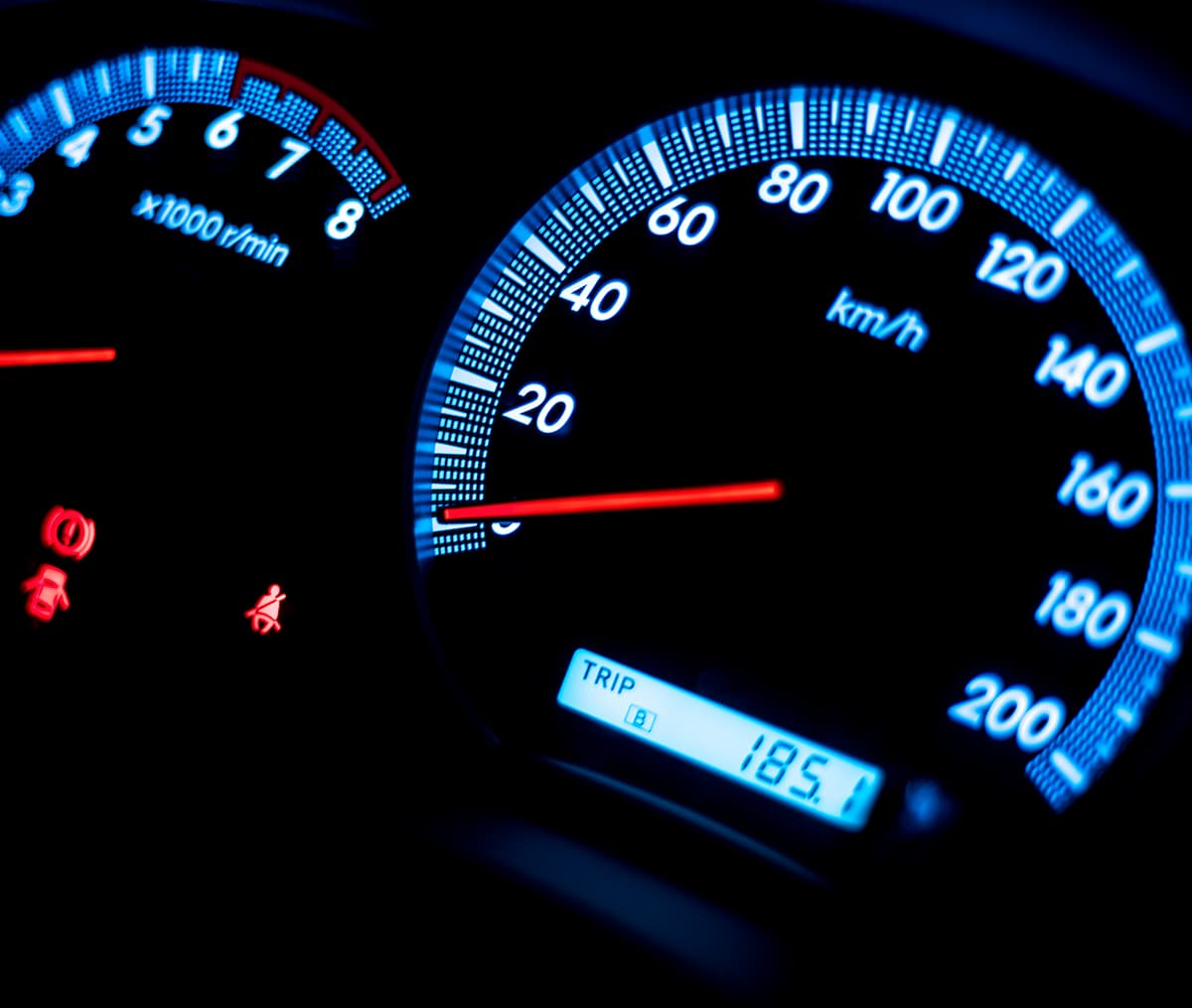
Speed is the single biggest factor in road deaths, contributing to about 40% of road fatalities each year in NSW. Speeding includes excess speed (exceeding the speed limit) and inappropriate speed (travelling faster than what is reasonable in the prevailing conditions).
Speed limits are set to give drivers enough time to detect hazards and take necessary actions to avoid crashes and increase their chances of survival. Road safety behavioural programs and improved vehicle technology can also help ensure safe speeds.
Programs include public education around the impacts of speeding including the most recent campaign 'Casual Speeding - Every K counts'.
Improved vehicle technology includes initiatives as part of the NSW Automated Enforcement Strategy. We manage enforcement cameras including fixed speed cameras, fixed red light speed cameras, mobile speed cameras and point-to-point speed cameras for heavy vehicles.
Human tolerance to crash impact speeds
We take many factors into account when setting speed limits, including the human body’s threshold of physical resistance to the energy released during crashes, the road’s function and the type of users of the road. It’s also important to make sure that the layout of the road and its surroundings match that function as much as possible.
The figure below shows the human body’s tolerance to crash impacts based on consistent crash evaluation evidence around the world. It highlights why it’s important to manage speed in all environments.
| There's a 90% chance of surviving and avoiding serious injury at these speeds in different crash types |
 |
Drivers and passengers in cars shouldn’t be exposed to oncoming vehicles travelling at speeds of over 70 km/h or higher (or 50km/h if vehicles are of significantly different weights). |
| Drivers and passengers in cars shouldn’t be exposed to cross-traffic (90-degree angle) at speeds of 50km/h or higher. |
Drivers and passengers shouldn't be exposed to side impact with hazards such as trees and poles at 30km/h or higher.
|
| Pedestrians and cyclists shouldn’t be exposed to vehicle travel speeds higher than 30km/h - managed by physical separation or speed limit changes. |
Safe speed zones
Speed zones across NSW are constantly reviewed and assessed in accordance with the NSW Speed Zoning Standard. Factors that inform these assessments include crash profile; road function, use and characteristics; roadside development; traffic mix; crash history; and the presence of vulnerable road users such as pedestrians and motorcycle and bicycle riders.
We are the only authority in NSW that can install speed zones.
Expand allCollapse all
- The updated NSW Speed Zoning Standard was published on 10 July 2023, superseding the NSW Speed Zoning Guidelines 2011.
- It provides more information on setting safe speed limits – particularly in low-speed environments – and increasing community engagement. It aligns with current frameworks and strategic documents, including the Movement and Place Framework.
- Most importantly, the Standard will support the delivery of the Towards Zero Safer Roads Program, which aims to reduce serious injuries by 30% and halve deaths by 2030.
The NSW Automated Enforcement Strategy for road safety supports using technology to implement more innovative, flexible and sustainable solutions in responding to existing and emerging road safety issues and risks in NSW.
We manage automated enforcement including fixed speed cameras, fixed red light speed cameras, mobile speed cameras and point-to-point speed cameras for heavy vehicles.
Learn more about enforcement cameras